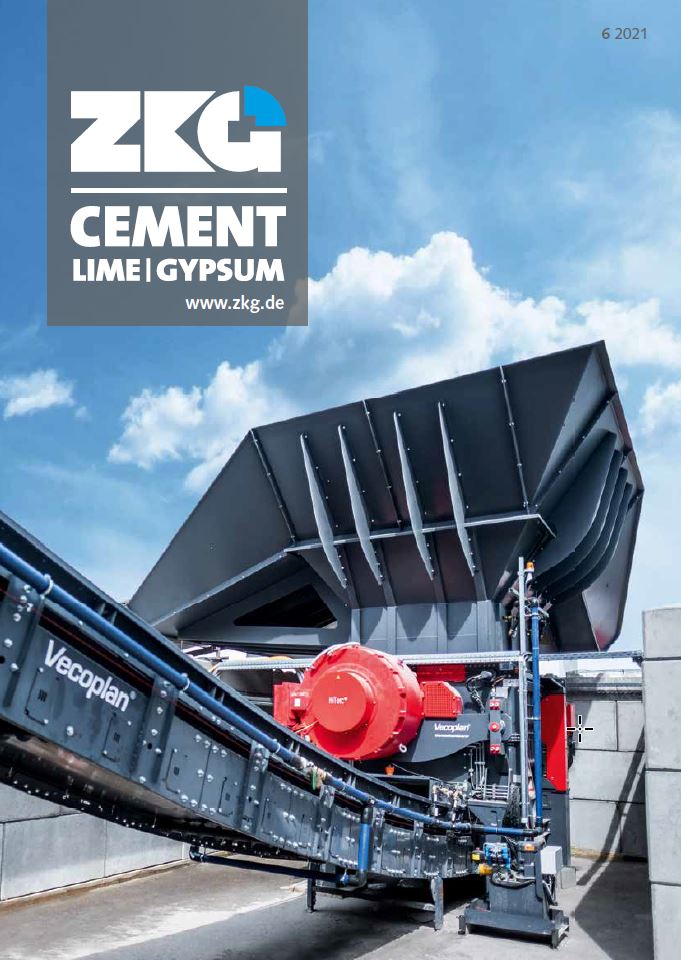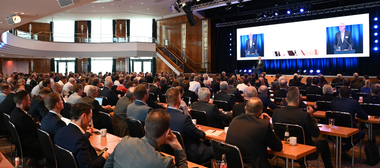Creating framework conditions for the transformation of the cement industry
The “Environmental Data of the German Cement Industry 2020” now published show how cement manufacturers in Germany are facing up to the environmental challenges of our time. At the top of the agenda are three major topics: Climate neutrality by 2050, the saving of primary raw materials and air pollution control.
On the road to climate neutrality, the cement industry will have to reduce its CO2 emissions to an unprecedented extent. “We now need suitable, binding framework conditions quickly in order to successfully master the chosen path to climate-neutral cement production,” emphasizes Christian Knell, President of the German Cement Works Association (VDZ). This relates in particular to the expansion of renewable energies and power grids, as well as the creation of a functioning CO2 infrastructure. “However, we are concerned about the often bureaucratic and complex processes involved in the approval procedures required for this or in applying for subsidies for necessary investments,” says Knell. This makes it all the more important for civil society, politics, science and industry to work together to find good solutions that can be implemented quickly.
In addition to greenhouse gas reduction, resource conservation is increasingly coming into the focus of politics, business and society. “Climate protection and the responsible use of raw materials go hand in hand here,” explains VDZ President Christian Knell. The German cement industry has always recycled large quantities of industrial by-products or substituted fossil fuels with alternative fuels – a development that will continue in the future.
In addition, VDZ is working with the industry to explore further ways of conserving resources, for example by using fines from recycled concrete/brick demolition waste as a main cement constituent or by recycling the cement paste. Analogous to the CO2 roadmap published in 2020 (https://vdz.info/dekarbonisierung), VDZ is expected to present a resource study at the end of 2021 to identify reduction potential along the entire value chain.
“Despite all our efforts, however, we will not achieve resource neutrality,” emphasizes the VDZ president. “We still need natural resources, albeit to a much lesser extent. A secure supply of primary raw materials thus remains essential.”
With the “Environmental Data of the German Cement Industry 2020”, VDZ provides its usual comprehensive and transparent information on the use of raw materials and energy as well as on the emissions of German cement manufacturers (e.g. carbon dioxide, organic emissions, nitrogen oxides). The publication also illustrates the efforts the industry has made in recent years to protect the environment. From 2017 to 2019 alone, cement manufacturers in Germany invested more than € 800 million in their machinery to meet the requirements of air pollution control, climate protection and resource conservation.



